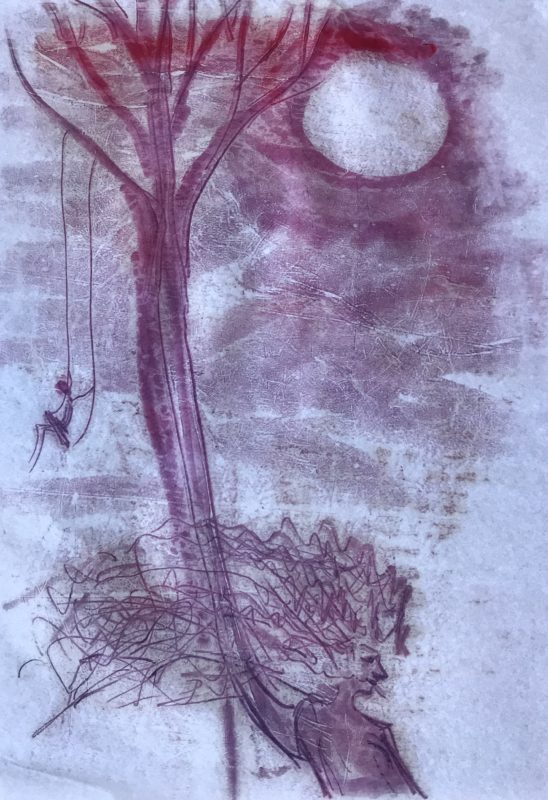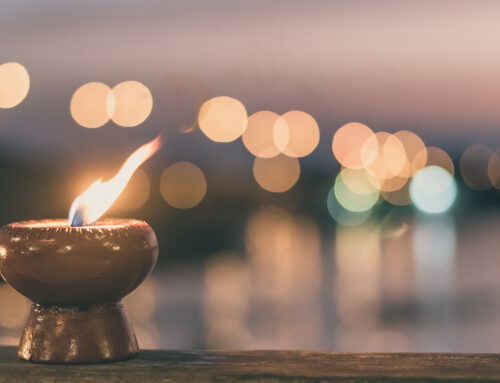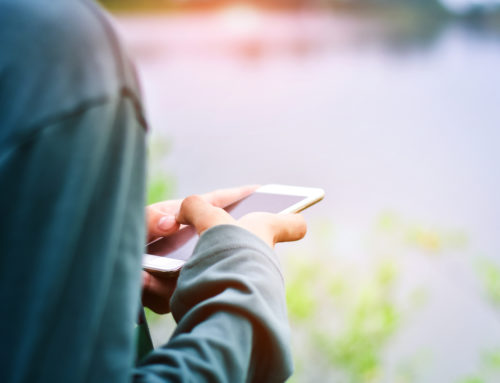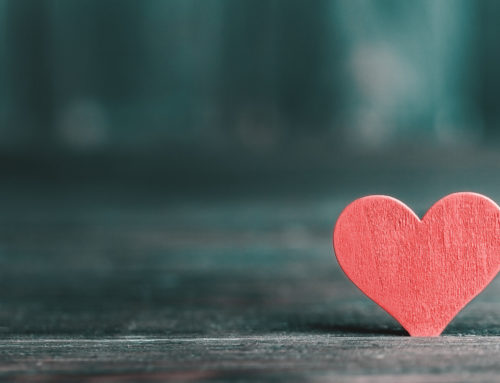“Ask not what the world needs of you. Ask what makes you come alive, and go do that.
Because what the world needs now is more people to come alive.” – Robert Thurman
The concept of ‘aliveness’ is at the core of the therapeutic work I do as a psychologist. In feeling alive—really tapping into our sense of vitality—we are more able to engage meaningfully with others, feel confident in our ability to take healthy risks, manage life’s inevitable challenges and experience a deeper sense of personal peace. And, while there are many paths to healing, personal growth and living a life of fulfillment, engaging in life creatively—thinking outside of the box and discovering what makes each of us come alive —and doing so mindfully—in the present moment, with curiosity and non-judgment—creates an opportunity to identify and remove blocks so that we, as individuals and a collective society, can thrive rather than just survive
Mindfulness and Creativity

From a therapeutic standpoint, I think that beautiful discoveries, personal growth and healing can happen in the space in which the practices of mindfulness and creativity intersect. For almost a century, Western psychologists such as Carl Rogers and Abraham Maslow have ascertained that that there is an inherent link between creativity, self-actualization and fulfillment. Rogers (1961) considered that creativity was an essential part of wellness. Maslow (1943) believed that people living in an optimal way were ‘self-actualizing’, a concept he drew from evolutionary biologist Kurt Goldstein that refers to the innate tendency of all living things to grow to greater complexity. And, growing to greater complexity is, in essence, creative living.
Engaging in mindful and creative processes is more important than ever today. Carl Rogers (1961), in his seminal work On Becoming a Person included an entire chapter titled “Toward A Theory of Creativity”. In that chapter, he made a case for the value of creativity that is eerily relevant today:
“In a time when knowledge, constructive and destructive, is advancing by the most incredible leaps and bounds into a fantastic atomic age, genuinely creative adaptation seems to represent the only possibility that man can keep abreast of the kaleidoscopic change in his world… a generally passive and culture-bound people cannot cope with the multiplying issues and problems. Unless individuals, groups, and nations can imagine, construct, and creatively devise new ways of relating to these complex changes, the lights will go out. Unless man can make new and original adaptations to his environment as rapidly as his science can change the environment, our culture will perish. Not only individual maladjustment and group tensions, but international annihilation will be the price we pay for a lack of creativity.” (348-349).
Roger’s words certainly ring true today. What we are fed through the media and our easy access to information through the increasing prevalence of technology runs the risk of homogenizing us as a society. We are bombarded with messages about how we should be, feel, look, do, etc. Individuality is an essential part of our humanity, and without personal creativity, it’s possible to lose the uniqueness and personal interests that make us individually human. Essentially, without creative processes and practices for self-reflection, we devolve rather than evolve.
Benefits of Mindfulness
Mindfulness meditation—the practice of paying attention to the present moment in an open, non-judgmental way—is creative at its core. It involves suspending habitual patterns of thought and action and engaging more directly with the present moment. With roots in Eastern philosophy and traditions, the practice of mindfulness is steadily gaining attention in the West. Beginning in 1979 with Jon Kabat-Zinn’s Mindfulness-Based Stress Reduction (MBSR) program and widespread introduction to mindfulness in the U.S., subsequent research shows a myriad of evidence-based benefits to practicing mindfulness, including decreased stress (Grossman, Niemann, Schmidt, & Walach, 2004); improved sleep (Black, O’Reilly, Olmstead, et al., 2015); enhanced mental health (Grossman et al., 2004); increased focus (Mrazek, Franklin, Phillips, Baird, & Schooler, 2013); emotional regulation (Guendelman, Medeiros & Rampes, 2017); and better self-control (Bowlin & Baer, 2012), to name a few. And, as Western psychologists and neurobiologists continue to study the effects of mindfulness, important discoveries are being made between the connection of practicing mindfulness meditation and the brain’s ability to develop new neural pathways (Tang, Holzel, & Posner, 2015).
A Personal Journey

I currently work as a mindfulness-based psychologist and coach, which means I use mindfulness skills to help clients reduce their suffering and get on a path toward their unique version of thriving. I love what I do, but it isn’t what I expected to be doing with my life. From very early on, creativity was at the core of my own self-growth and healing path. It was, in essence, what made me feel most alive. I began college as a dance major, then moved to ceramics, then finally I realized I was more interested in creating art then selling it. So, I decided to move to the psychology department to understand the creative process a bit more and learn about how to help others come alive and be more creative—not only on the canvas or the stage, but in their everyday life.
Mindfulness meditation came into the picture for me soon after I made the switch to psychology. A roommate shared the practice with me as a way to manage my stress. It helped me change my relationship to my own self-judgment and experience the positive effects of that. Then, as an intern at a community mental health centre, it was the only way I could cope with the intensity of the caseload I worked with while still being effective at my job. I found that five minutes of mindful breathing in between clients was the only way I could effectively avoid burnout. Then, my colleagues and supervisors started asking me to lead meditations and trainings about it at staff meetings. I sought additional training, and soon developed enough confidence in my mindfulness skills that I felt I could share them with clients. That changed everything for me. I saw such profound changes happen for some of my clients who had been suffering for so long that I was inspired to make it an integral part of my work, which remains the case today.
With evidence showing the benefits of both creativity and mindfulness, it became obvious to me that a mindful creativity practice could also come with significant benefits that have the potential to improve mental, emotional and physical health, as well as overall feelings of wellbeing. I used my dissertation as an opportunity to investigate this further (Serotkin, 2010). Personally, the more I have practiced mindful creativity, the more I have been convinced of its potentially therapeutic benefits. I have found that by combining mindfulness and creativity as a self-growth practice I am able to shift my relationship with my own self-critic. As I sit down and intentionally doodle without purpose or judgment, my self-critic inevitably swoops in to shut things down as quickly as it can. As long as I am staying present, I am able to set that script aside and dismiss it diligently. As soon as I drift into self-judgment, I am able to catch myself and come back. There is no place for self-judgment in mindful creativity. The more I practice, the better I get.
Mindful Creativity with Clients
Many of my clients have developed their own mindful creativity practices and made them an integral part of their treatment plans. When I work with a client who wishes they could be more creative, we choose a medium they are interested in, such as painting or mandala drawing, or even coloring or doodling. For example, a mindful coloring practice would involve the following: I instruct the client to start with a basic mindfulness practice to get out of their heads and into their bodies in the present moment. Then I invite them to look at all of the colors and notice their responses in the present moment to each color, and to select one that interests them in that moment. No need to judge or analyze the choice. Staying present and noticing reactions, they pick up the color, select where on the paper to place the crayon, and take their first stroke. They are reminded to pay attention to the feel and sound of the crayon moving across the page, and reflect on the mark left on the paper. They are led through the process step by step, as they practice focusing more on their experience in the present moment then on their habitual trains of thought. I’ve seen clients go through difficult breakups and divorces who adopted a mindful creativity practice, such as mindful cooking or coloring, when rebuilding an independent life, to explore what it was that he or she really liked, enjoyed and found personally appealing (or not). I’ve also had clients use mindful creativity as a tool to build confidence at work. By mindfully challenging the self-critic, which often comes out in force when engaging in creative endeavors, I’ve witnessed clients reframe the relationship they have with their inner critic, begin really using their voice and start taking healthy, creative risks both in the workplace and in their personal life.
Windshield Wiper Practices
In my own life, my mindful creativity practice helps me stay grounded and serves as a conscious time and space for ongoing self-reflection and personal growth. I often do this through a series of meditation habits that I intentionally created to connect to the present moment and use throughout my daily routines. These habits, which I dubbed ‘windshield wiper practices,’ help me clear my mind and focus on the present moment rather than ruminate on the past or feel anxious about the future. My windshield wiper practices, which can be as simple as mindfully and creatively setting the table for dinner or preparing a salad for my family, help me make the most of those quiet moments that are an embedded part of my daily routine. Washing dishes, for example, can either be an opportunity for rumination and stress-building or it can be an opportunity to practice disengaging from thought habits and grounding myself in the present moment. I found it was much better for my own mental and physical health if I used the time to ground instead of letting the judgmental thoughts run wild.
In addition to the windshield wiper practices, I also engage in more formal mindful creativity processes, such as journaling, coloring, embroidering or making other forms of art, which help me non-judgmentally engage with my self-critic, recognize the habits that permeate and distract my attention, question my assumptions (about myself and how the world and I ‘should’ be) and stay flexible with my beliefs. Essentially, these practices are designed to help me and my clients tap into and stay in touch with our wiser selves.
My psychotherapy and coaching clients look to me to take a creative lens to the issues they bring to our meetings. Many of them are tired of coming up against the same old problems again and again, and are hoping I can help them find a new way to approach them. Sometimes a mindful creativity practice can help a person get their creative engines going enough that they can access a new perspective on an old situation. It’s amazing what people can come up with when they let themselves approach a situation with a creative lens.
As a therapist, a mindful creativity break during the day helps me tie up loose trains of thought and approach the rest of my day with a clean slate. I keep some coloring pages and crayons tucked away in my office for days when I need some extra grounding and refocusing. It also helps me more effectively shift my attention away from work at the end of the day. By engaging in a mindful creativity practice, even for just five or 10 minutes, I find I am better able to leave my work at work and engage in my family time with a more open heart.
Finding Your ‘Yes!’
While I believe that there is enormous potential for research on the benefits to wellbeing that come at intersection of creativity and mindfulness, and there have some fledgling studies done on it, I strongly encourage people to not hold their breath for big business or even academia to study it. Given that these practices can be done by anyone at any time and come without a price tag, it’s unlikely that Big Pharma and other industries with the money to fund research will spend too much time or money on it. But, you can do your own research. You don’t need a PhD to study the potential impacts of a mindful creativity practice. Find a creative practice, mindfully engage with it regularly and track how you feel. And, if it feels good, do more of it. You can engage in anything that calls to you, from gardening to cooking to coloring and beyond. Once you discover practices that are helpful, share what you’re learned with other people and ask them to share their discoveries with you. In doing so, we’re able to make the world more creative and cultivate diversity of thought, ideas and actions. And, if a certain practice doesn’t feel right for you, it’s okay to abandon it in search of something that does resonate with you. Once you find what makes you come alive, go do that. Essentially, the practice of mindful creativity is about finding your ‘Yes!’ and moving toward what makes you come alive and thrive.
Samara Vachss Serotkin, Psy.D. is a mindfulness-based psychologist and coach, as well as a mother and wife, based in Seattle, USA. She blogs regularly at www.focusandthrive.com, is a contributor at the Huffington Post, and is the author of two upcoming books. 
*Article first published in Inside Out: The Irish Journal for Humanistic and Integrative Psychotherapy (IAHIP). No. 84. Spring 2018
References
Black, D., O’Reilly, G., Olmstead, R., Breen, E., & Irwin, M. (2015) Mindfulness meditation and improvement in sleep quality and daytime impairment among older adults with sleep disturbances: A randomized clinical trial. JAMA Intern Med. 175(4): 494 – 501. doi:10.1001/jamainternmed.2014.8081
Bowlin, S. & Baer, R. (2012). Relationships between mindfulness, self-control, and psychological functioning. Personality and Individual Differences (52)3: 411-415. ISSN 0191-8869. https://doi.org/10.1016/j.paid.2011.10.050.
Grossman, P., Niemann L., Schmidt, S., & Walach, H. (2004). Mindfulness-based stress reduction and health benefits: A meta-analysis. Journal of Psychosomatic Research (57)1: 35-43, ISSN 0022-3999. https://doi.org/10.1016/S0022-3999(03)00573-7.
Guendelman, S., Medeiros, S., & Rampes, H. (2017). Mindfulness and Emotion Regulation: Insights from Neurobiological, Psychological, and Clinical Studies. Frontiers in Psychology, 8, 220. http://doi.org/10.3389/fpsyg.2017.00220.
Maslow, A. (1943). A Theory of Human Motivation. Psychological Review, 50(4):370–396.
Mrazek, M., Franklin, M., Phillips, D., Baird, B., Schooler, J. (2013). Mindfulness Training Improves Working Memory Capacity and GRE Performance While Reducing Mind Wandering. Psychological Science (24)5: 776 – 781.
Rogers, Carl R. (1961). On Becoming a Person. Houghton Mifflin Company: Boston.
Serotkin, S. (2010). The Relationship Between Self-Actualization and Creativity as a Self-Growth Process (Doctoral Dissertation/The California Institute of Integral Studies). Retrieved from https://www.scribd.com.
Tang, Y., Holzel, B., Posner, M. (2015). The Neuroscience of Mindfulness Meditation. Nature Reviews Neuroscience 16, 213–225.





